

| Capacity | 80 788 |
|---|---|
| Country | Russia |
| City | Moscow |
| Inauguration | 31/07/1956 |
| Renovations | 1979, 1996, 1999, 2007-2008, 2013-2017 |
| Cost | 400 million USD (2013-2017) |
| Design | SPeeCH, Mosinzhproekt (2013-2017) |
| Engineer | Metropolis (2013-2017) |
| Contractor | Mosinzhproekt (2013-2017) |
| Address | Luzhnetskaya nab. 24, 119048 Moskva |
 Luzhniki Stadium, initially called Central Lenin Stadium, was built between 1955 and 1956. It was the result of the ambition of the Soviet leadership to upgrade the country’s sports facilities after the Soviet Union had tasted its first post-war successes at the 1952 Olympics.
Luzhniki Stadium, initially called Central Lenin Stadium, was built between 1955 and 1956. It was the result of the ambition of the Soviet leadership to upgrade the country’s sports facilities after the Soviet Union had tasted its first post-war successes at the 1952 Olympics.
Works on Luzhniki Olympic Complex started in 1954 and construction of its centrepiece stadium, also called the Grand Sports Arena, in 1955. The stadium got finished in just 450 days and officially opened on 31 July 1956.
Luzhniki Stadium served as the centrepiece stadium of the 1980 Olympics, hosting the opening and closing ceremonies, athletics events, football finals, and equestrian programme.
In 1982, a stadium disaster took place at the stadium during a second round UEFA Cup match between FC Spartak and Dutch side HFC Haarlem. In the dying seconds of the match, people started rushing for the exits to make it to the metro before the rest of the crowd. When someone fell on the icy staircases, chaos ensued, and the resulting crush and domino effect killed 66 people.
Until the 1990s, the roofless stadium could hold just over 100,000 spectators. In 1996, the stadium got extensively renovated, which included the construction of a roof over the stands and the refurbishment of the seating areas, which resulted in a decrease of capacity.
In 1999, Luzhniki Stadium hosted the UEFA Cup final between Parma and Marseille (3-0), and in 2008 the Champions League final between Manchester United and Chelsea (1-1).
The stadium was regularly used by Spartak Moscow, lacking a home of their own, until they moved to the newly built Otkritie Arena in 2014.
When Russia got awarded the 2018 World Cup, it was soon clear that Luzhniki Stadium would host the final and as a result had to undergo a large redevelopment. It hosted its last football match in May 2013 and closed following the IAAF Athletics World Championships in August 2013.
Redevelopment works entailed the complete reconstruction of the stands, adding a second tier, the removal of the running tracks, and an expanded roof structure. The characteristic exterior of the stadium was left intact. Works were completed in the summer of 2017, and the first football match at the reopened stadium, a friendly between Russia and Argentina (0-1), was played on 11 November 2017.
Matches
The Luzhniki is the main stadium of the upcoming FIFA World Cup: the Opening Match, three group-stage encounters, a Round-of-16 tie, a semi-final and the Final are all being held here.



 Saint Petersburg Stadium, also referred to as Zenit Arena, Krestovsky Stadium, and Piter Arena, is the recently opened stadium of FC Zenit. Saint Petersburg’s new, super-modern stadium is built on the site of the Kirov Stadium on Krestovsky Island, which, in its day, was one of the country’s largest stadiums, with a capacity of 110,000. The tender to build Saint Petersburg Stadium was won by the renowned Japanese architect Kisho Kurosawa.
Saint Petersburg Stadium, also referred to as Zenit Arena, Krestovsky Stadium, and Piter Arena, is the recently opened stadium of FC Zenit. Saint Petersburg’s new, super-modern stadium is built on the site of the Kirov Stadium on Krestovsky Island, which, in its day, was one of the country’s largest stadiums, with a capacity of 110,000. The tender to build Saint Petersburg Stadium was won by the renowned Japanese architect Kisho Kurosawa.
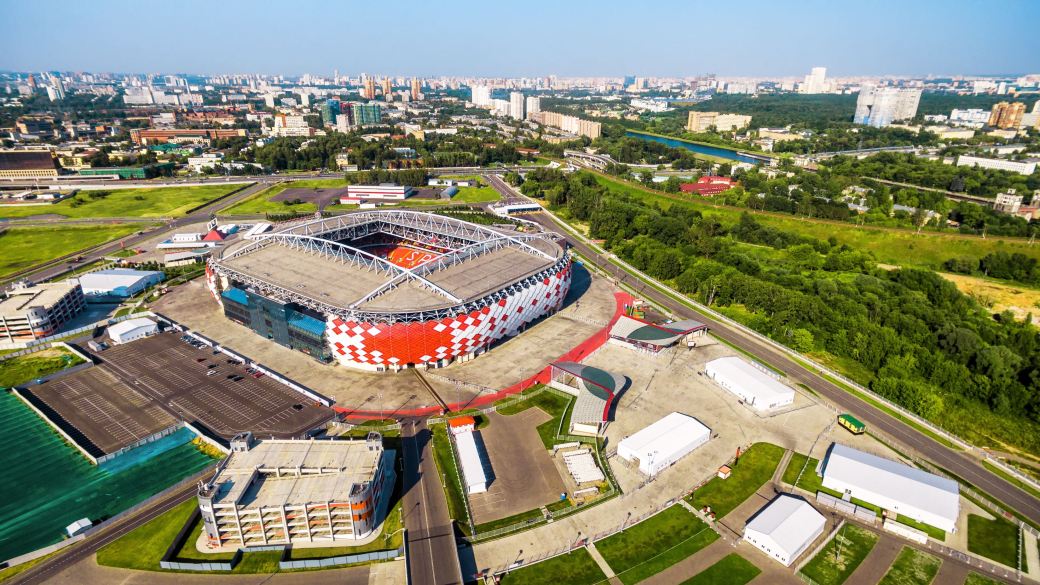
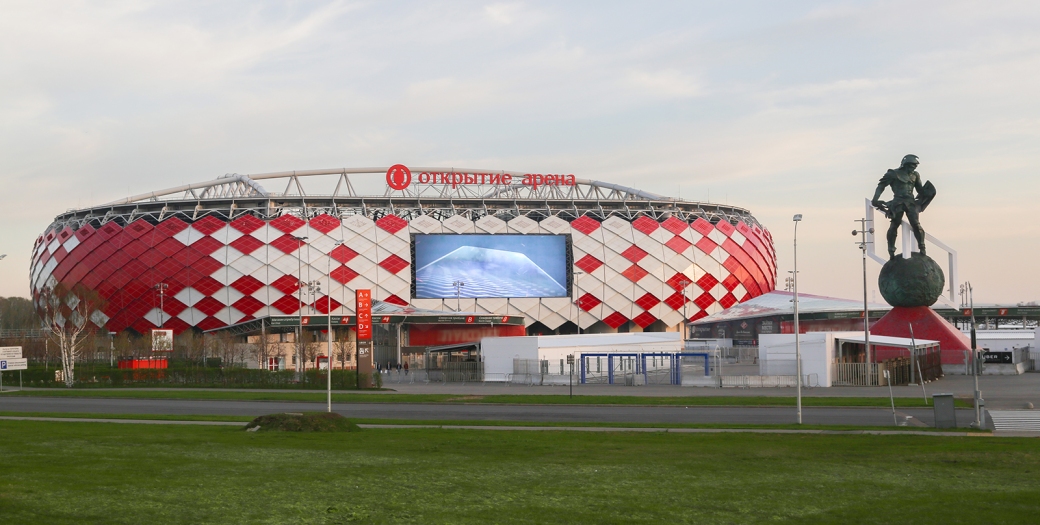



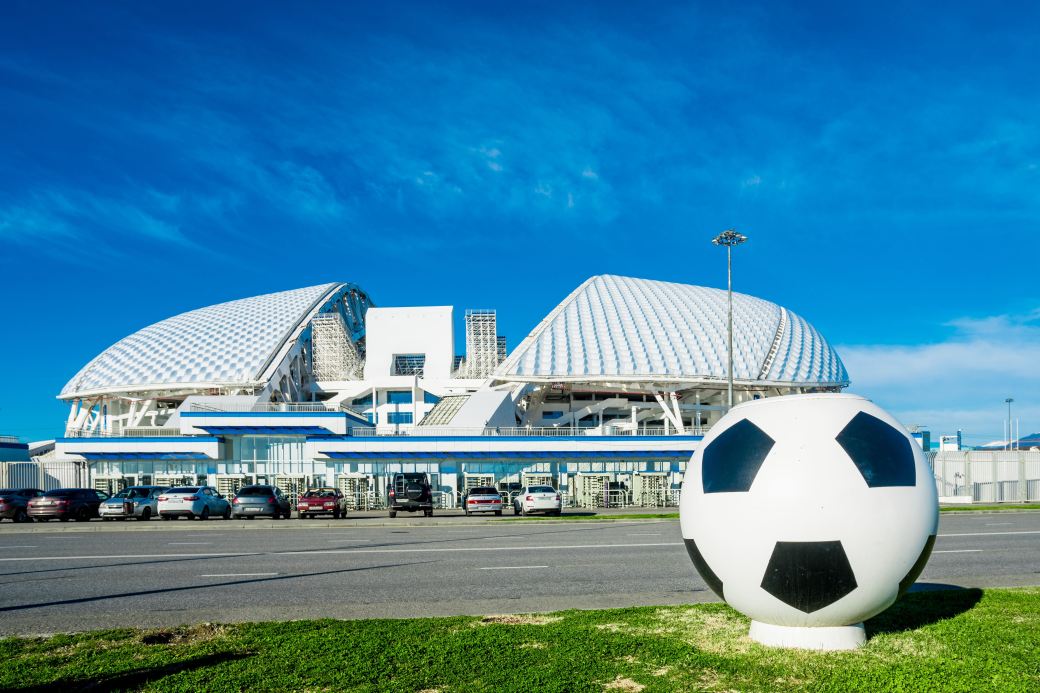






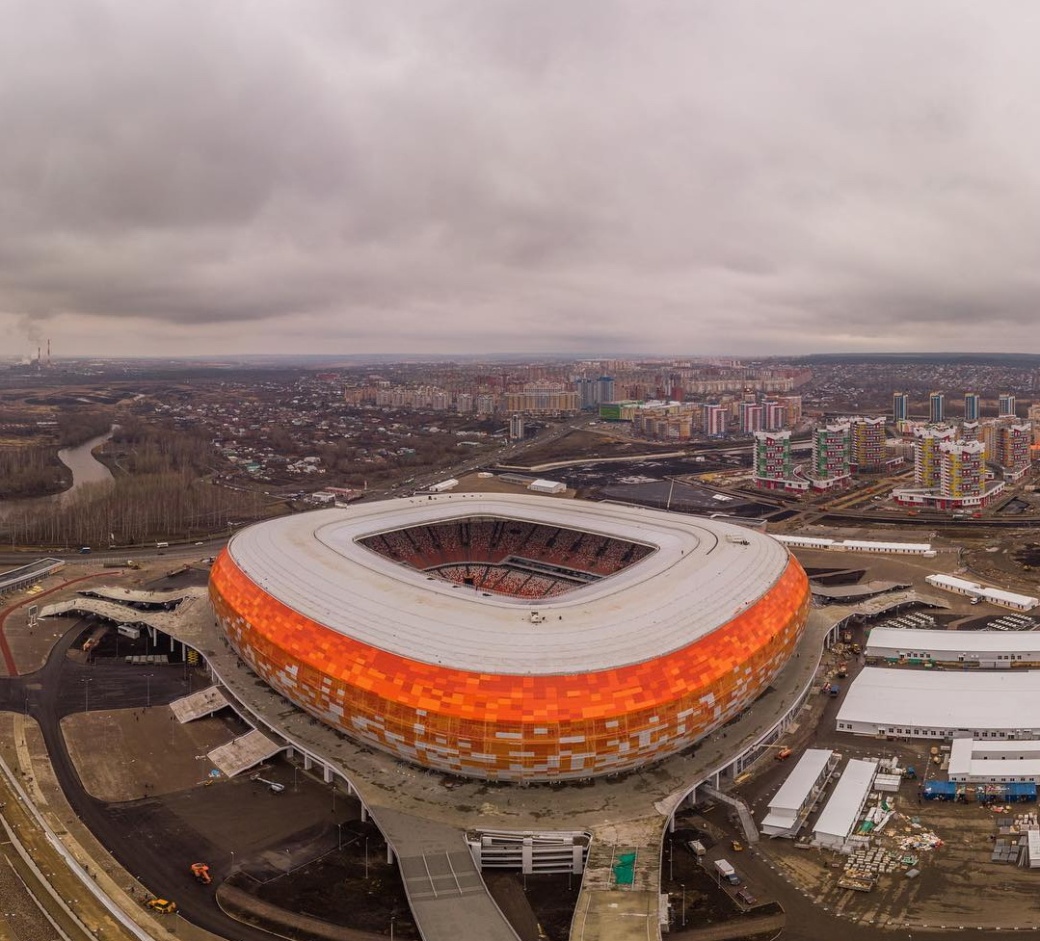
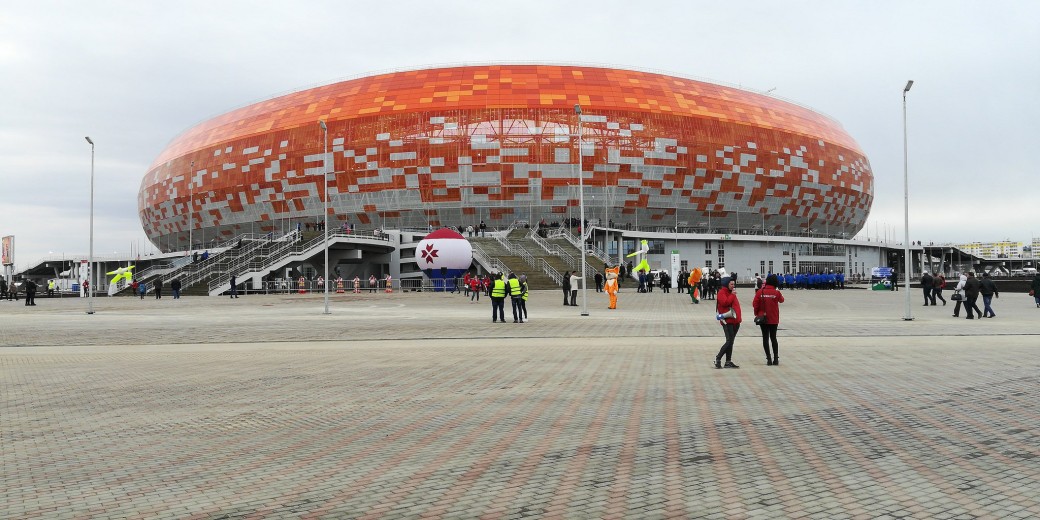


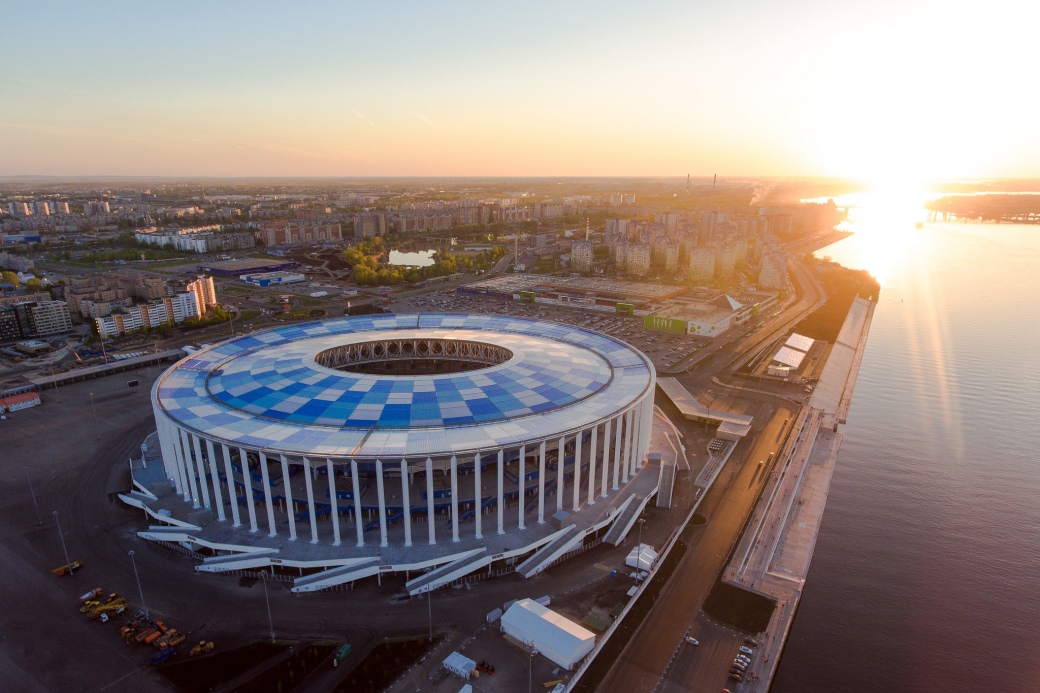

 Nizhny Novgorod Stadium is a recently opened new stadium in the city of Nizhny Novgorod that will be one of the playing venues of the
Nizhny Novgorod Stadium is a recently opened new stadium in the city of Nizhny Novgorod that will be one of the playing venues of the 





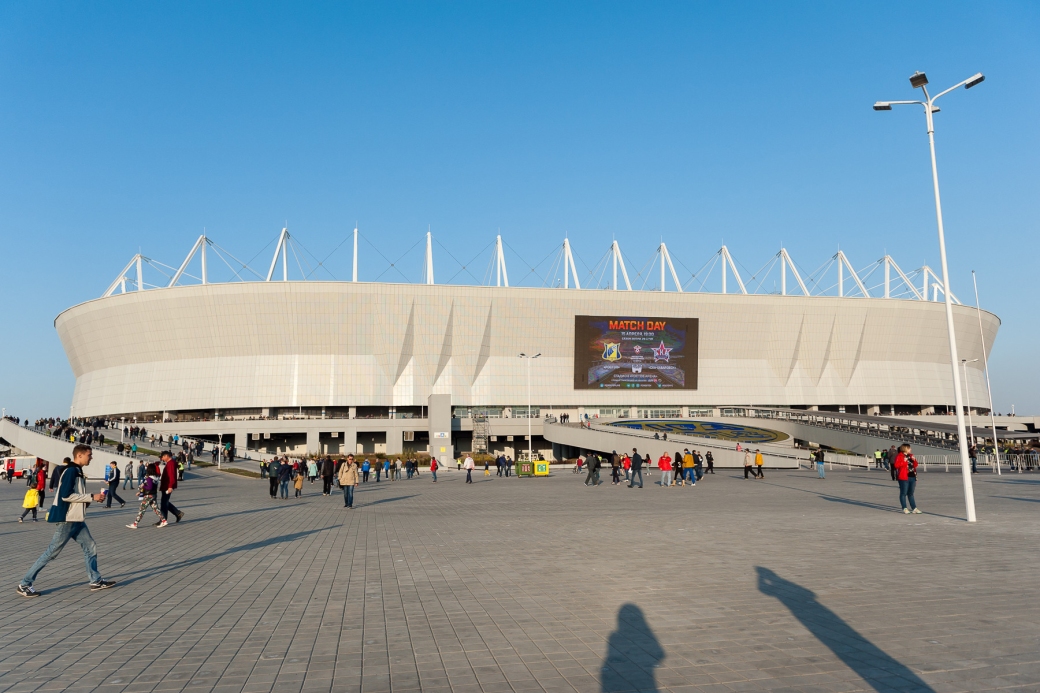
 The Rostov Arena is a recently opened new stadium in the city of Rostov-on-Don that was built for the 2018 World Cup and will become the new home of FC Rostov.
The Rostov Arena is a recently opened new stadium in the city of Rostov-on-Don that was built for the 2018 World Cup and will become the new home of FC Rostov.


 The new stadium was built on October Island, right in the heart of Kaliningrad. Having World Cup games in the city was the perfect excuse for local authorities to renovate the island, which had lain empty for many years and was not used for construction. After the tournament, an entire micro-district will be constructed around the stadium, including parks, a quay side and an embankment along the Pregolya River.
The new stadium was built on October Island, right in the heart of Kaliningrad. Having World Cup games in the city was the perfect excuse for local authorities to renovate the island, which had lain empty for many years and was not used for construction. After the tournament, an entire micro-district will be constructed around the stadium, including parks, a quay side and an embankment along the Pregolya River.